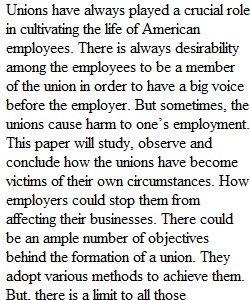


Q In 1981, President Ronald Reagan fired more than 11,000 striking air traffic controllers who ignored his order to return to work. The sweeping mass firing of federal employees slowed commercial air travel, but it did not cripple the system as the strikers had forecast. Two days earlier, nearly 13,000 controllers walked out after talks with the Federal Aviation Administration collapsed. As a result, some 7,000 flights across the country were canceled on that day at the peak of the summer travel season. Robert Poli, president of the Professional Air Traffic Controllers Organization, sought an across-the-board annual wage increase of $10,000 for the controllers, whose pay ranged from $20,462 to $49,229 ($52,139 to $124,345 in 2012 dollars) per year. He also sought a reduction of their five-day, 40-hour workweek to a four-day, 32-hour workweek. The FAA made a $40 million counteroffer, far short of the $770 million package that the union sought. View and Explain The following video is an edited, partial version of the speech President Ronald Reagan gave amid the situation. After watching the video, explain how you would handle a strike if you held the top leadership position in Human Resources in your organization. Describe the type of organization you work for and if your response would differ depending on the organization and the position held by strikers. In addition, consider what you can do to prevent employees from striking, or even from forming a union.
View Related Questions